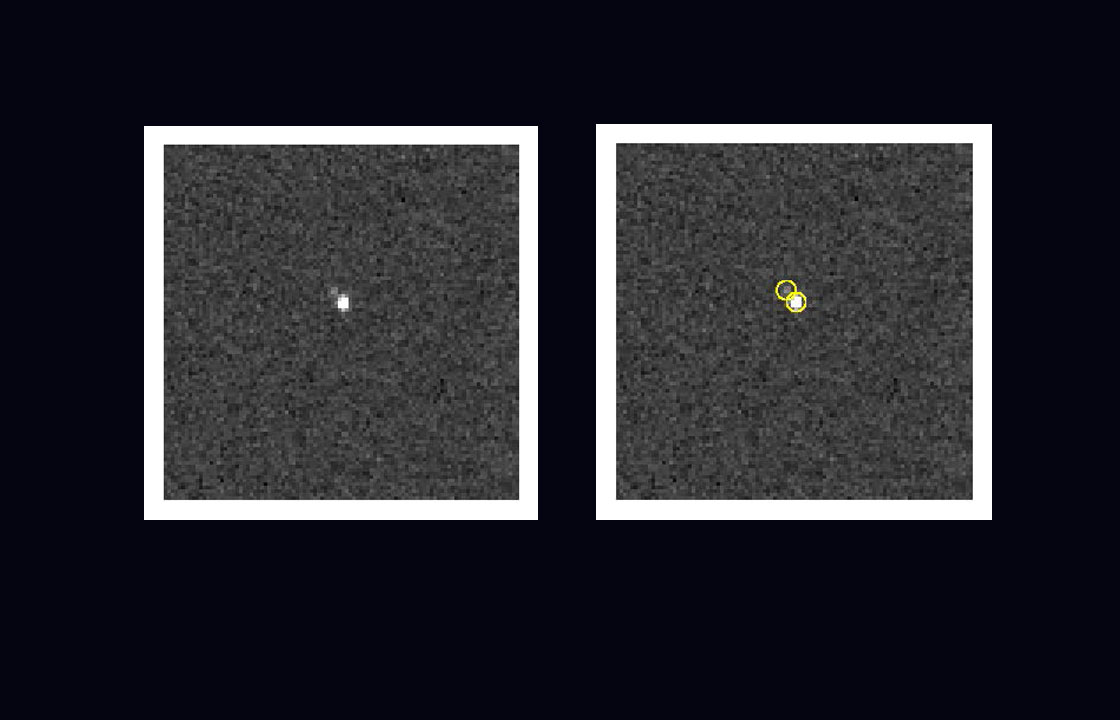TORONTO – Although the grainy images may not look that impressive to some, they’ve excited the astronomical community and fans of a tiny but certainly not-forgotten world on the edge of our solar system.

The New Horizons spacecraft, hurtling through space at a neck-breaking speed of 84,000 km/h (23 km a second) on its way to Pluto, has imaged the dwarf planet and its moon Charon, the first time it has been able to do so.
Read: New names for Pluto moons; Vulcan neither lives long nor prospers

Get breaking National news
New Horizons was still more than 885,000 km from Pluto when its Long Range Reconnaissance Imager (LORRI) took several photos of the pair. Pluto has five moons and Charon is its largest — with a radius of a mere 603.6 km.
The New Horizons mission was launched in 2006 with the goal of studying Pluto. Because of Pluto’s distance from Earth, it is impossible to gain a true understanding of its composition.
The spacecraft will shed light on an icy world and its moon system and further study Kuiper Belt Objects (KBOs). The Kuiper Belt is a region that contains icy objects like Pluto and other dwarf planets such as Eris. It is believed that the belt is one of the sources of comets within our solar system.
Pluto, discovered by American astronomer Clyde Tombaugh in 1930, and once considered the ninth planet of our solar system until the International Astronomical Union demoted it to dwarf planet in 2006, is currently 4.7 billion kilometres from Earth. It takes the dwarf planet roughly 248 Earth years to orbit the sun.
Because New Horizons has had to travel so quickly to reach the edge of our solar system, it will not actually insert itself into orbit, but rather will spend five months studying Pluto and its moons. Its closest approach to Pluto will be on July 14, 2015.


Comments